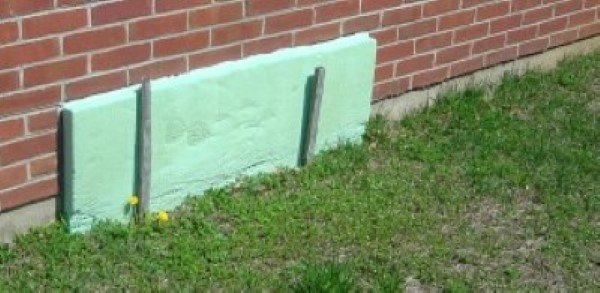By now, you know many of the benefits of adequate fresh air ventilation, including:
- 80% reduction in transmission of covid-19 and other airborne infections [see Dec. 16, 2022 blog post];
- better functioning of our brains, as measured by cognitive tests [see Oct. 14, 2022 blog post];
- probably happier building occupants (although I've never measured this or seen a study on it).
But I was reminded this week that the forces working in the opposite direction are still strong and often prevailing--let's cut down or cut off the fresh air, because we have figured out that this will save some energy and dollars needed to heat up all that fresh air before we send it into the building.
Of course energy saving is important, but we now have many many ways to do this without sacrificing the primary purpose of buildings, which is to provide a healthy and effective indoor space for people.
For decades, I have found that some building operators have intentionally cut off the fresh air. I remember one case a decade ago where they didn't really understand what that big piece of equipment did, except that when they turned off the switch, the utility bill went down. "But this is the only device that provides fresh air to your library!" I exclaimed. We turned it back on.
Here are some more real-world examples:
- Classroom unit ventilator fresh air intake blocked off with styrofoam.
- Fresh air intake intact (center) but the corresponding relief air blocked off (left and right)--all the fresh air intakes need corresponding outgoing air or we would be trying to inflate buildings like balloons!
- The fresh air intakes for the gym air handling unit--where hundreds of people can gather--almost completely blocked off with sheet metal, a serious project!
- Ventilators simply turned off at their disconnect switches or electrical panels, resulting in somewhat smelly classrooms and very high CO2 readings.
So, if you wonder if this is happening in your buildings, take a stroll around--you might be surprised! (Sometimes there is nothing that is easy to see, but you can always tell by measuring the carbon dioxide in rooms that are occupied--see Jan. 20, 2022 blog post.)
PS - Complete design-level guides for equipment and controls for good levels of fresh air ventilation, meeting the WHO, CDC, and State of Vermont levels (about 30 cfm per person, which corresponds to less than 800 ppm CO2) are available free on our website under “Resources”: COVID-19 Mechanical Engineering Recommendations (PDF).
Now You Can Search This Blog!
We have added a “search” bar for this blog - scroll all the way down
to the very bottom of a blog page to find the search bar.




